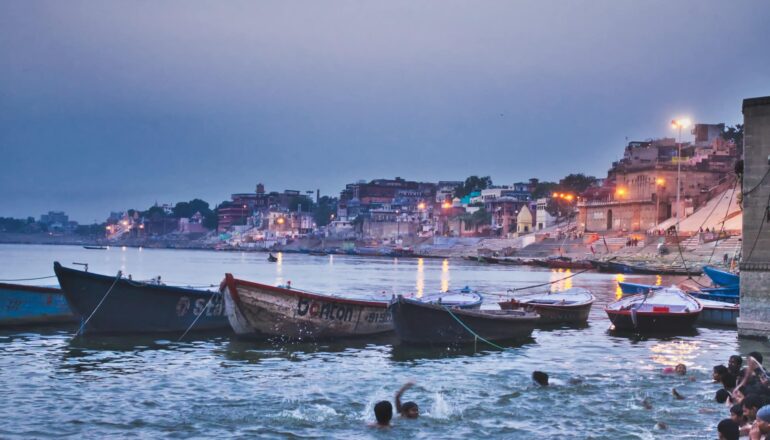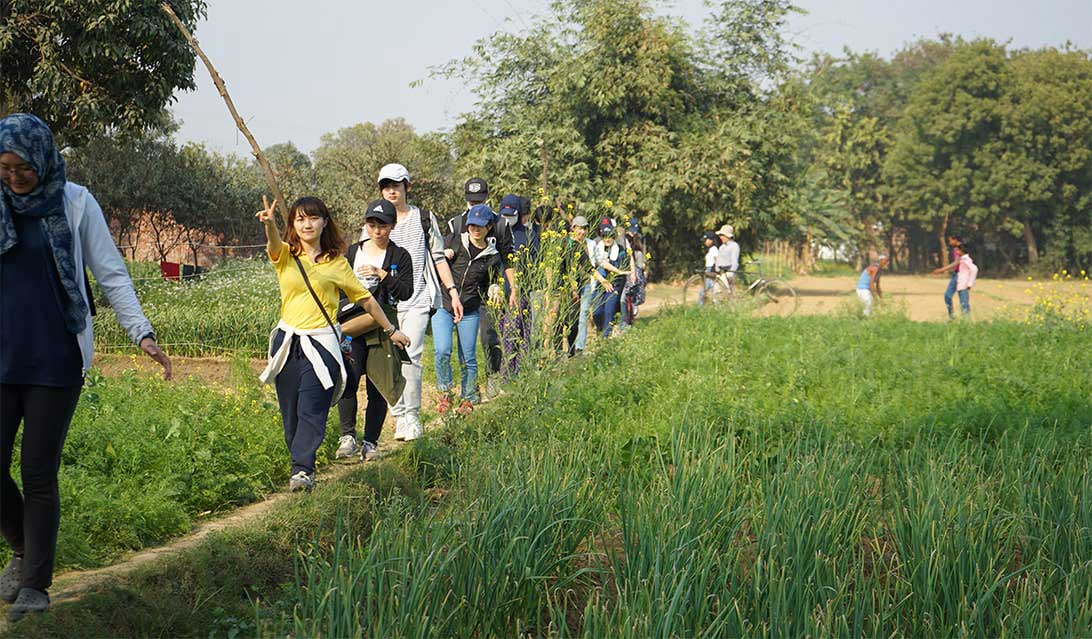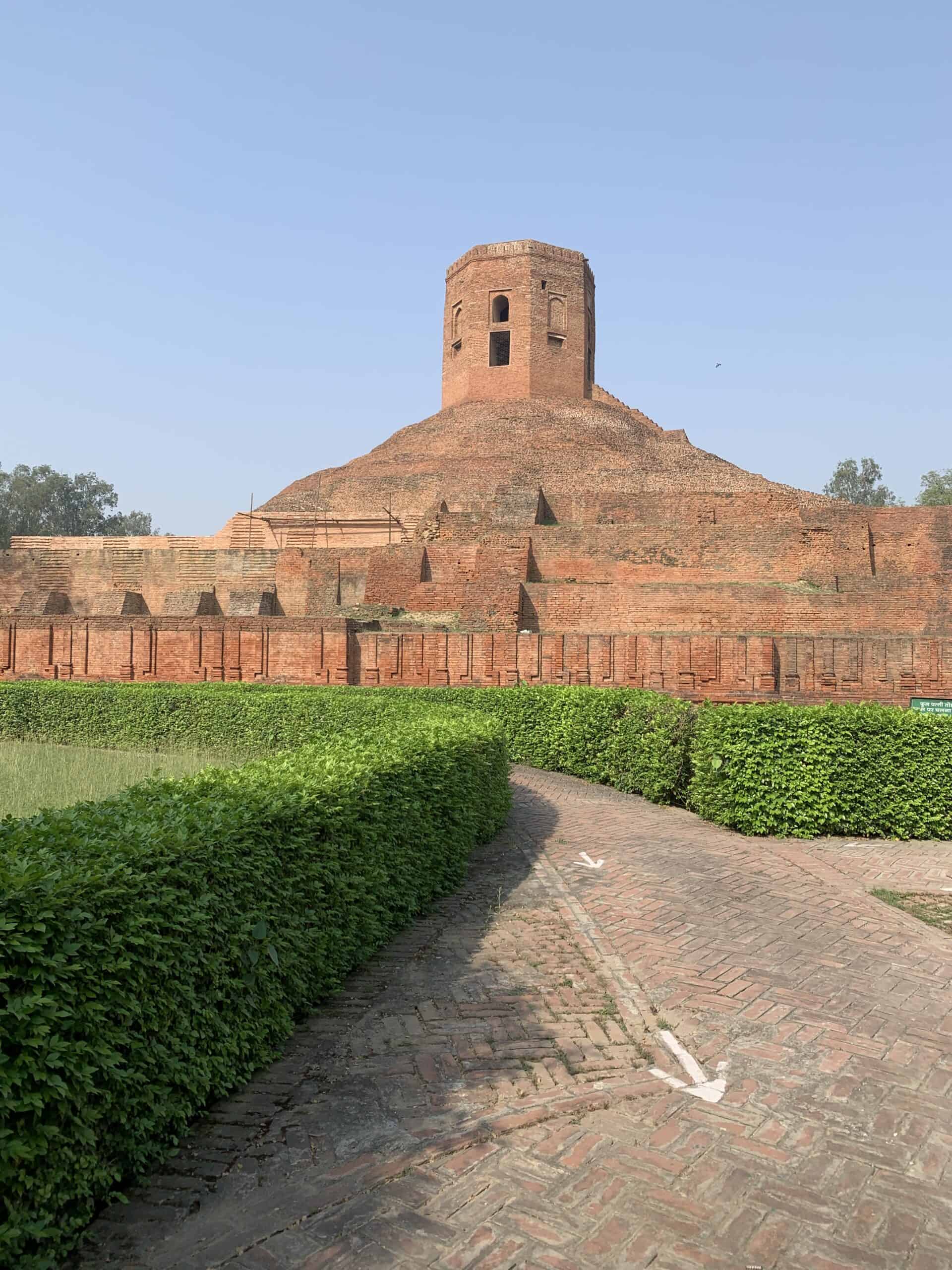Introduction
India, a land of diverse cultures and rich traditions, is home to one of the world’s most sacred rivers – the Ganga, or Ganges. Revered by millions, the Ganga holds immense religious and cultural significance, shaping the lives and beliefs of countless people throughout history. Join me on a journey to explore the Ganga’s transformation from a mighty river to a symbol of spiritual purity and divine connection.
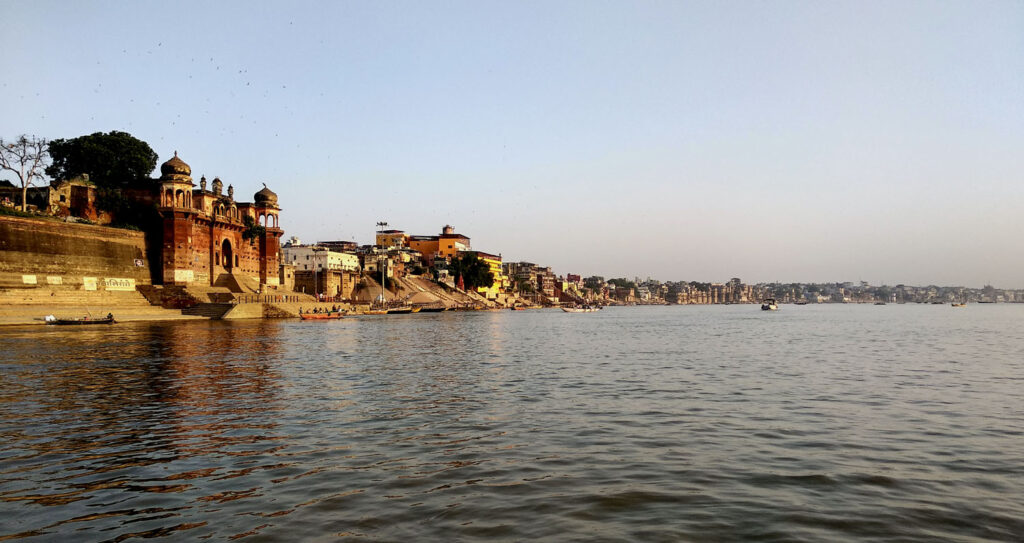
The Source of Life
Deep within the majestic Himalayas lies the mythical source of the Ganga – the Gangotri glacier. Here, high in the mountains, the river is born from the melting ice, symbolizing the cycle of life itself. As the Ganga descends, it carves its way through breathtaking valleys and scenic landscapes, nurturing both the land and its people.
The Sacredness Unveiled
For centuries, the Ganga has been revered as a goddess, Ganga Mata, in Hindu mythology. It is believed that taking a dip in its holy waters can wash away sins and bring salvation. Pilgrims from all corners of India flock to the sacred ghats (steps) along the river to perform rituals, offer prayers, and seek spiritual solace. Varanasi, the oldest living city in the world, is particularly significant, as it rests on the banks of the Ganga and is believed to be a place of liberation from the cycle of life and death.
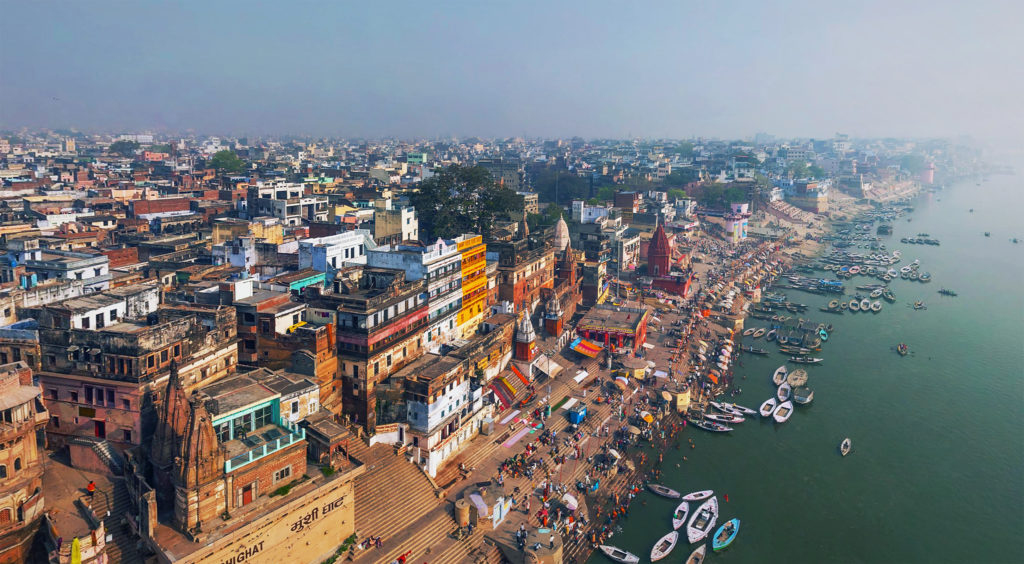
Environmental Challenges
Unfortunately, despite its spiritual significance, the Ganga faces numerous environmental challenges. Rapid urbanization, industrial pollution, and untreated sewage discharge have taken a toll on the river’s health. Efforts are being made to restore and preserve its purity, such as the “Namami Gange” initiative launched by the Indian government. The aim is to clean and rejuvenate the Ganga, ensuring its survival for future generations.
Cultural Significance
Beyond its religious importance, the Ganga has woven its way into the tapestry of Indian culture. It has inspired countless poets, writers, and artists who have captured its essence in their works. Festivals like Kumbh Mela, where millions gather to bathe in the Ganga, showcase the river’s role as a unifying force, transcending barriers of caste, creed, and nationality.
A Lifeline for Millions
The Ganga is not just a spiritual and cultural symbol, but also a lifeline for millions of people who depend on its waters for sustenance. Along its course, countless communities rely on fishing and agriculture, and the river provides a vital source of livelihood. Its fertile banks are home to a rich ecosystem, supporting diverse flora and fauna.
Conclusion
The journey from Ganga to Ganges represents more than just a change in name; it embodies the transformation of a river into a spiritual icon. The Ganga is a living embodiment of India’s heritage, flowing through time, carrying with it stories, beliefs, and traditions. As we strive to protect and restore its purity, let us honor the Ganga’s significance and recognize the importance of preserving this sacred lifeline for generations to come.

